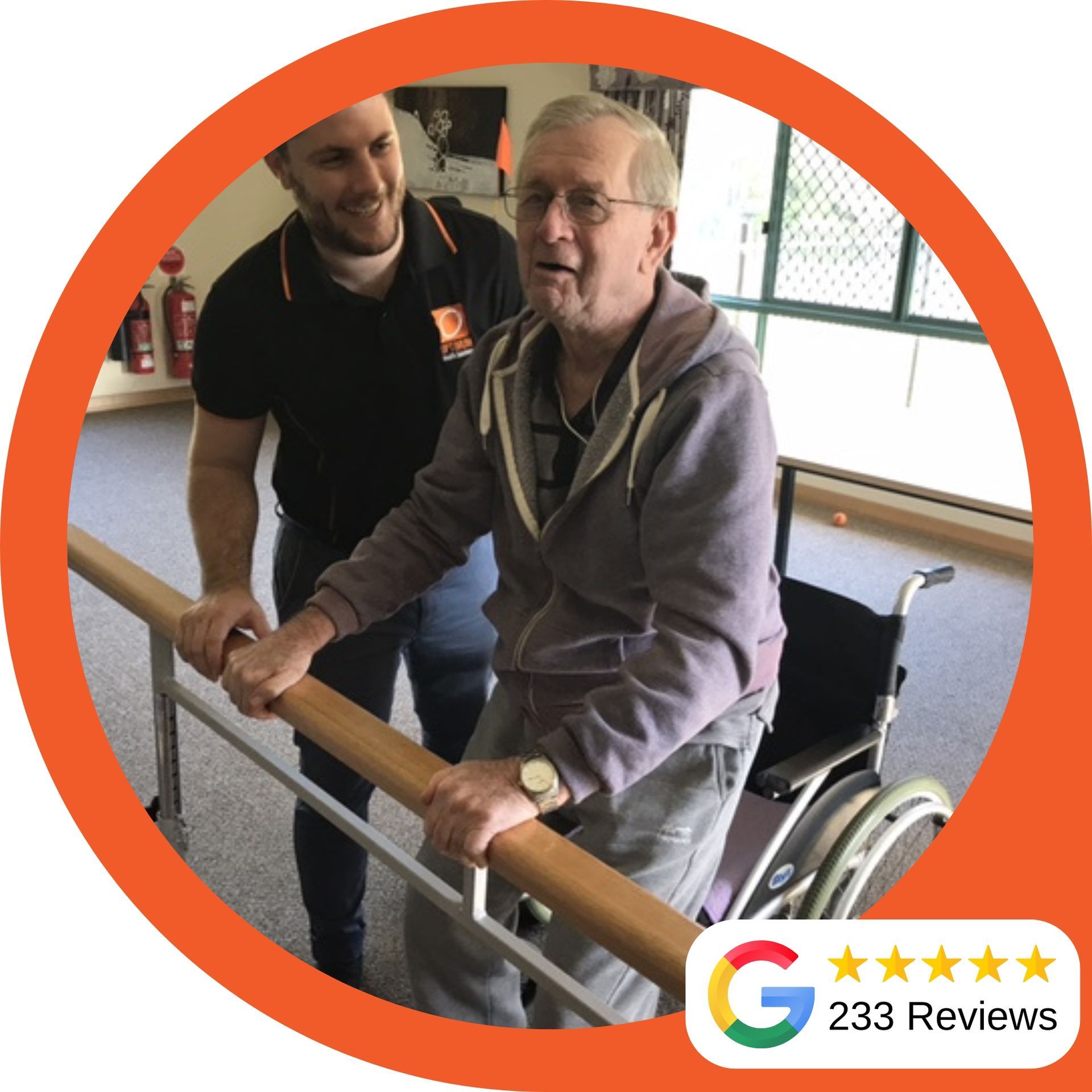By Dane Mitchell
•
March 25, 2025
Back pain isn’t just an occasional nuisance—it can be life-altering. One day, it’s a dull ache after sitting too long; the next, it’s a sharp, shooting pain that makes bending or walking feel impossible. Some people can pinpoint exactly when it started—maybe from lifting something heavy, sleeping in an awkward position, or even an old injury that never fully healed. Others find that their pain crept up over time, slowly becoming part of their daily life. The causes of back pain vary. It could be poor posture, weak muscles, a slipped disc, arthritis, or even nerve compression. While some discomfort eases on its own, persistent pain is a sign something needs attention. Physiotherapy treatment for back pain focuses on identifying the root cause, relieving pain, and strengthening the body to prevent future problems. Common Types of Back Pain Back pain comes in many forms. Understanding what type you’re dealing with is the first step toward finding the right solution. Lower Back Pain (LBP) Lower back pain is one of the most common complaints and can be caused by: Muscle strain from improper lifting or sudden movements. Weak core muscles that don’t properly support the spine. Herniated or bulging discs pressing on nerves. Sitting too much, leading to stiffness and poor circulation. Physiotherapy for lower back pain helps by releasing muscle tension, improving posture, and strengthening the muscles—keeping the spine stable. Upper & Mid-Back Pain Pain in this area often results from: Hunching over a desk or looking down at a phone for too long. Muscle imbalances that pull the spine out of alignment. Tension from stress that causes knots and tightness. A physiotherapist works on stretching and strengthening exercises, manual therapy, and postural corrections to relieve strain and improve spinal mobility. Sciatica & Nerve Pain If you’ve ever felt a burning or tingling sensation running from your lower back down one leg, you might be dealing with sciatica. It happens when the sciatic nerve gets compressed, usually due to: A herniated disc pressing on the nerve. Tight muscles in the lower back and hips. Spinal stenosis reducing space for the nerve to pass through. Physiotherapy helps by releasing pressure on the nerve, improving spinal alignment, and reducing inflammation. Herniated & Bulging Disc Pain Spinal discs act as shock absorbers, but when they slip out of place, they can press on nearby nerves, causing pain, weakness, or numbness. Treatment focuses on: Core exercises to support the spine. Gentle spinal mobilisation to reduce nerve irritation. Stretching and movement retraining to prevent re-injury. Degenerative Disc Disease Over time, spinal discs wear down, losing flexibility and hydration. This can lead to chronic stiffness and discomfort. While it’s a natural aging process, physiotherapy helps by: Keeping the spine flexible to reduce pressure on affected areas. Strengthening muscles to provide better support. Teaching movement techniques to ease daily strain. Spinal Stenosis A narrowing of the spinal canal puts pressure on the nerves, leading to pain, tingling, or weakness in the back and legs. Physiotherapy treatment involves: Postural adjustments to relieve pressure. Strength-building exercises to improve stability. Stretching to keep the body moving smoothly. Sacroiliac (SI) Joint Pain The SI joint connects the spine to the pelvis. If it becomes inflamed or misaligned, it can cause deep lower back or hip pain. Physiotherapy focuses on stabilisation exercises, gentle joint mobilisation, and muscle activation techniques. Acute vs. Chronic Back Pain Acute pain comes on suddenly—often from an injury—and usually improves within a few weeks. Chronic pain sticks around for three months or longer, sometimes without an obvious cause. Physiotherapy treatment for back pain can help manage both. How Physiotherapy Helps with Back Pain The focus of physiotherapy is not just to manage pain, it’s also about helping your body move better and function without discomfort. Reducing Pain & Inflammation Manual therapy, dry needling, and heat or cold applications can relax muscles and ease tension. Fixing Posture & Spinal Alignment A lot of back pain comes from poor movement habits. Physiotherapists teach proper posture and ergonomic adjustments to reduce daily strain. Strengthening Core & Back Muscles A stronger core takes pressure off the lower back, reducing stress on joints and discs. Improving Flexibility & Mobility Stiff muscles and joints make pain worse. Stretching, mobility drills, and hands-on therapy keep the back moving freely. Preventing Future Problems Physiotherapy helps you build strength and awareness so pain doesn’t return. Avoiding Surgery Through Rehabilitation A structured physiotherapy program can help many people avoid invasive procedures by strengthening weak areas and retraining movement patterns. Restoring Everyday Function Pain shouldn’t stop you from lifting groceries, tying your shoes, or playing with your kids. Physiotherapy makes these movements feel easier and more natural. Physiotherapy Techniques for Back Pain So, what is the best physiotherapy treatment for back pain? A mix of approaches usually works best. Manual Therapy (Massage & Joint Mobilisation) Hands-on techniques release muscle knots, improve circulation, and restore movement. Soft Tissue Therapy & Myofascial Release These methods help break up tight muscle fibres and improve mobility. Dry Needling for Pain Relief Trigger point therapy with fine needles relaxes muscles and improves blood flow. Heat & Cold Therapy for Inflammation Heat relaxes muscles and increases circulation. Cold numbs pain and reduces swelling. Ultrasound Therapy for Healing Uses sound waves to stimulate deep tissue repair. TENS (Transcutaneous Electrical Nerve Stimulation) Mild electrical pulses block pain signals and reduce discomfort. Hydrotherapy for Low-Impact Movement Water-based therapy is gentle on joints while improving mobility. Kinesiology Taping for Muscle Support Provides stability while allowing natural movement. Finding a Physiotherapist in Australia If you’re looking for physiotherapy in Coffs Harbour , Grafton , Ballina , Tweed Heads , Casino , Lismore and the Gold Coast we can help. What to Look for in a Physiotherapist Experience treating your specific condition. A hands-on, personalised approach. A balance of pain relief and long-term prevention. Medicare & Private Health Insurance, NDIS Coverage. Telehealth & Home Physiotherapy Options Telehealth consultations offer expert advice remotely. Home visits bring treatment to those who can’t attend a clinic. Take Back Control of Your Movement Living with back pain can feel exhausting, but it doesn’t have to be your reality. The right physiotherapy treatment for back pain can help you move freely, build strength, and reduce discomfort—not just for now, but for the long run. Small, consistent improvements lead to lasting relief, giving you the confidence to get back to the activities you enjoy. Take the first step toward a healthier, pain-free life today.



